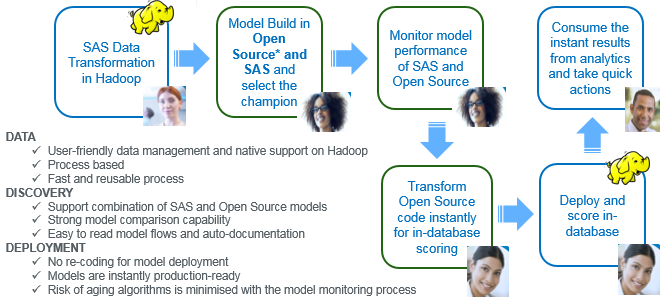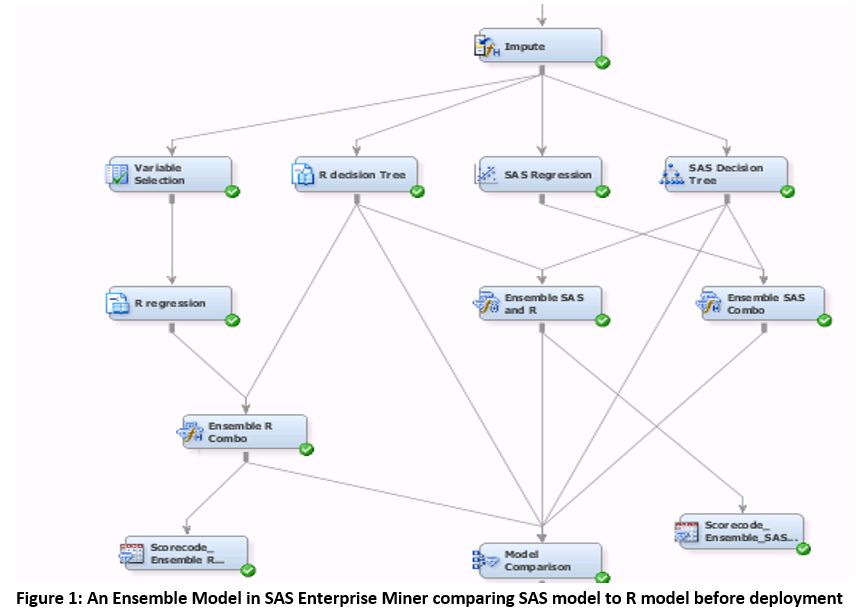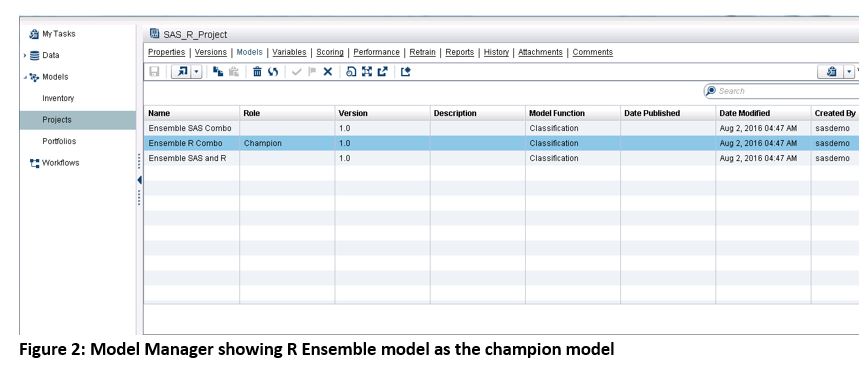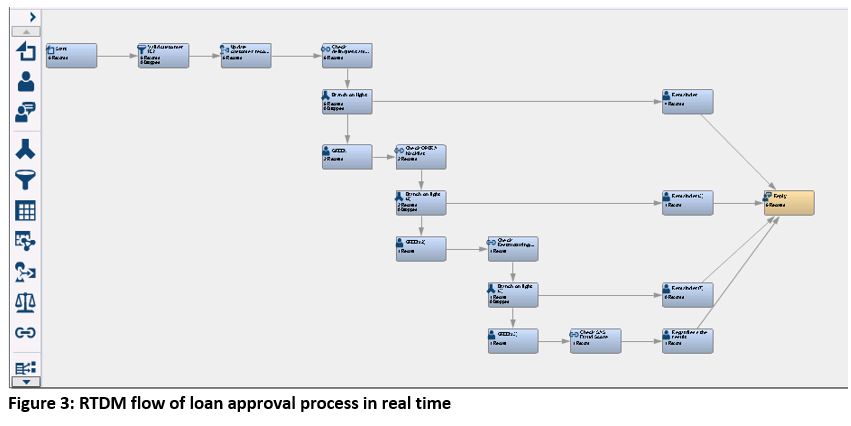 With my first open source software (OSS) experience over a decade ago, I was ecstatic. It was amazing to learn how easy it was to download the latest version on my personal computer, with no initial license fee. I was quickly able to analyse datasets using various statistical methods.
With my first open source software (OSS) experience over a decade ago, I was ecstatic. It was amazing to learn how easy it was to download the latest version on my personal computer, with no initial license fee. I was quickly able to analyse datasets using various statistical methods.
Organisations might feel similar excitement when they first employ people with predominantly open source programming skills. However, it becomes tricky to organize an enterprise-wide approach based solely on open source software. Decision makers within many organisations are now coming to realize the value of investing in both OSS and vendor provided, proprietary software. Very often, open source has been utilized widely to prototype models, whilst proprietary software, such as SAS, provides a stable platform to deploy models in real time or for batch processing, monitor changes and update - directly in any database or on a Hadoop platform.
Industries such as pharma and finance have realised the advantages of complementing open source software usage with enterprise solutions like SAS.
A classic example is when pharmaceutical companies conduct clinical trials, which must follow international good clinical practice (GCP) guidelines. Some pharma organisations use SAS for operational analytics, taking advantage of standardized macros and automated statistical reporting, whilst R is used for the planning phase (i.e. simulations), for the peer-validation of the results (i.e. double programming) and for certain specific analyses.
In finance, transparency is required by ever demanding regulators, intensified after the recent financial crisis. Changing regulations, security and compliance are mitigating factors to using open source technology exclusively. Basel’s metrics such as PD, LGD and EADs computation must be properly performed. A very well-known bank in the Nordics, for example, uses open source technology to build all type of models including ensemble models, but relies on SAS’ ability to co-exist and extend open source on its platform to deploy and operationalise open source models.
Open source software and SAS working together – An example
The appetite of deriving actionable insight from data is very crucial. It is often believed that when data is thoroughly tortured, the required insight will become obvious to drive business growth. SAS and open source technology is used by various organisations to achieve maximum business opportunities and ROI on all analytics investment made.
Using the flexibility of prototyping predictive model in R and the power and stable platform of SAS to handle massive dataset, parallelize analytic workload processing, a well-known financial institution is combining both to deliver instant results from analytics and take quick actions.
How does this work?
SAS embraces and extends open source in different ways, following the complete analytics lifecycle of Data, Discovery and Deployment.
An ensemble model, built in R is used within SAS for objective comparison within SAS Enterprise Miner (Enterprise Miner is a drag and drop, workflow modelling application which is easy to use without the need to code) – including an R model within the ‘open source integration node.’
Once this model has been compared and the best model identified from automatically generated fit statistics, the model can be registered into the metadata repository making it available for usage on all SAS platform.
We used SAS Model Manager to monitor Probability of Default(PD) and Loss Given Default(LGD) model. All models are also visible to everyone within the organization depending on system rights and privileges and can be used to score and retrain new dataset when necessary. Alerts can also be set to monitor model degradation and automated message sent for real time intervention.
Once champion model was set and published, it was used in Real Time Decision Manager(RTDM) flow to score new customers coming in for loan. RTDM is a web application which allows instant assessment of new applications without the need to score the entire database.
As a result of this flexibility the bank was able to manage their workload and modernize their platform in order to make better hedging decisions and cost saving investments. Complex algorithms can now be integrated into SAS to make better predictions and manage exploding data volumes.




